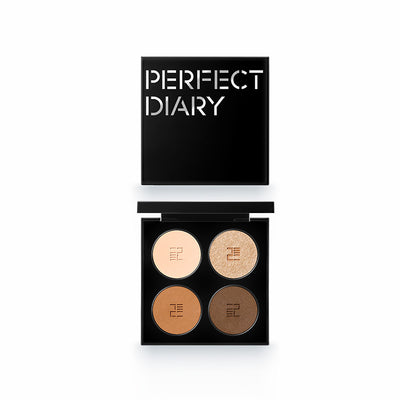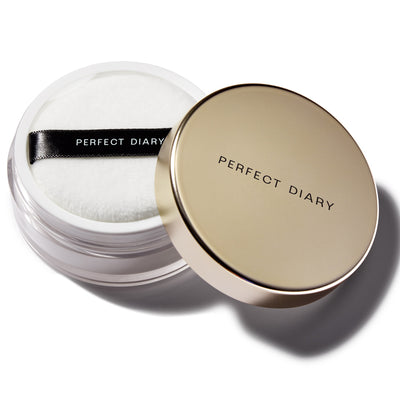what is a setting powder and how to choose & apply it right
What is a setting powder? A setting powder is a type of cosmetic product that usually consists of two types: loose powder and pressed powder. Its main function is to set the makeup, and it is used after the base makeup and before the eye makeup. It has the effect of absorbing excess oil from the face, which makes the makeup last longer. In addition, the setting powder can also cover up the blemishes on the face, making the makeup look softer and giving a natural matte finish.
What is a setting powder: loose setting powder vs. pressed setting powder
On the one hand, loose-setting powder usually contains fine talcum powder, so it has a very fine-textured powder. However, it has little coverage and cannot be used as a primer alone. Its advantage is that it absorbs excess facial oil, reduces shine and gives a soft, long-lasting finish. It is therefore an essential step in the makeup application process.
On the other hand, pressed setting powder is actually a loose powder that is compressed and shaped. A box of pressed powder is usually packed with a pair of wet and dry powder, so you can easily take it out and use it to touch up anywhere. Moreover, pressed powder has a good concealing effect, it can be very good at retouching, oil control and adjusting skin tone. Plus, it can be used directly as an alternative to the foundation to avoid making the makeup too heavy.
How to choose the right color for the setting powder?
If you want to set your makeup well, choose the right color for your skin tone. As for what is a setting powder and how to choose it, first of all, it is important to distinguish the color of the setting powder, because different colors have different uses.
For example, purple setting powder is good for neutralizing the dullness of our face and making it look glowing. The yellow setting powder is suitable for people with darker skin tones and can make the makeup look more radiant and natural. The white setting powder is mainly used for concealing and whitening, and it is suitable for almost all skin tones.
When selecting a setting powder, we also need to consider the quality of its texture. The tip is to apply the powder to the back of your hand to see if there is any floating powder. If it does, then it means that this setting powder will not set your makeup very well.

How to apply the setting powder?
After knowing what is a setting powder, let’s now talk about how to apply it like a pro. There are actually many ways to use the setting powder, the two most common ways are to apply it with a brush or with a powder puff. Then, a little more advanced operation is to use the baking method to “bake” your makeup. Don’t worry, let's explain them one by one.
If you are in a hurry, we recommend you use a powder puff or brush to apply the setting powder. After completing your base makeup, sweep a small amount of setting powder with a puff or brush and apply it in order starting from the sides of your face and moving on to your chin, forehead, eyes and nose. Be careful to apply the powder gently to prevent the base makeup from getting messed up. The trick is to gently press the powder onto your face, not sweep it on or smear it.
Those who ask what is a setting powder may also wonder what baking powder is. Actually, they are the two sides of the same coin. The baking powder is more like a makeup technique than a product. The baking method is based on the principle of using the skin's temperature to make the base makeup blend with the setting powder, this technique is very suitable for people with oily skin. After learning this technique, holding makeup all day is not a problem!
However, it will take a little more time to operate. First, dip a sponge into some loose powder and apply it to the parts of your face that are prone to oiliness, such as the T-zone and under the eyes, and press it gently. The setting powder should be applied slightly thicker so that it can be absorbed into the base makeup. After leaving it on your face for 3 to 5 minutes, use a brush to brush off the excess powder.




















